
02:
FROM KULIN BAN TO THE PRESENT DAY
-

FROM KULIN BAN AND THE GOOD OLD DAYS
The traditional folk saying – “From Kulin Ban and good old days” – shows that people have preserved the memory of the rule of Kulin Ban, which was characterized by political stability and a significant economic progress.
-

ARRIVAL AND SPREAD OF ISLAM IN BOSNIA
Two regions in the Southeast Europe are recognizable by the power of the influence of Islam and Islamic spirituality among the existing population, by its strong establishment in all spheres of life, from its arrival in these regions until today. These are Albania and Bosnia.
-

VAKUFNAMAS: CHARACTER AND KINDS
The vakufnama (deed of endowment) is a legal document which defines the motive, the subject, the purpose of endowing, conditions and way of using and managing the waqf. It regulates crucial issues pertaining to the subject of endowing, regardless of whether it is a real property or a movable property.
-

NOTES ABOUT BOSNIA BY AHMED DŽEVDET-PASHA
A simple step into the virtual world will reveal the information that the name of Ahmed Dževdet-pasha (1822–1895) is associated with the codification of Ottoman civil law based on the European legal system.
-
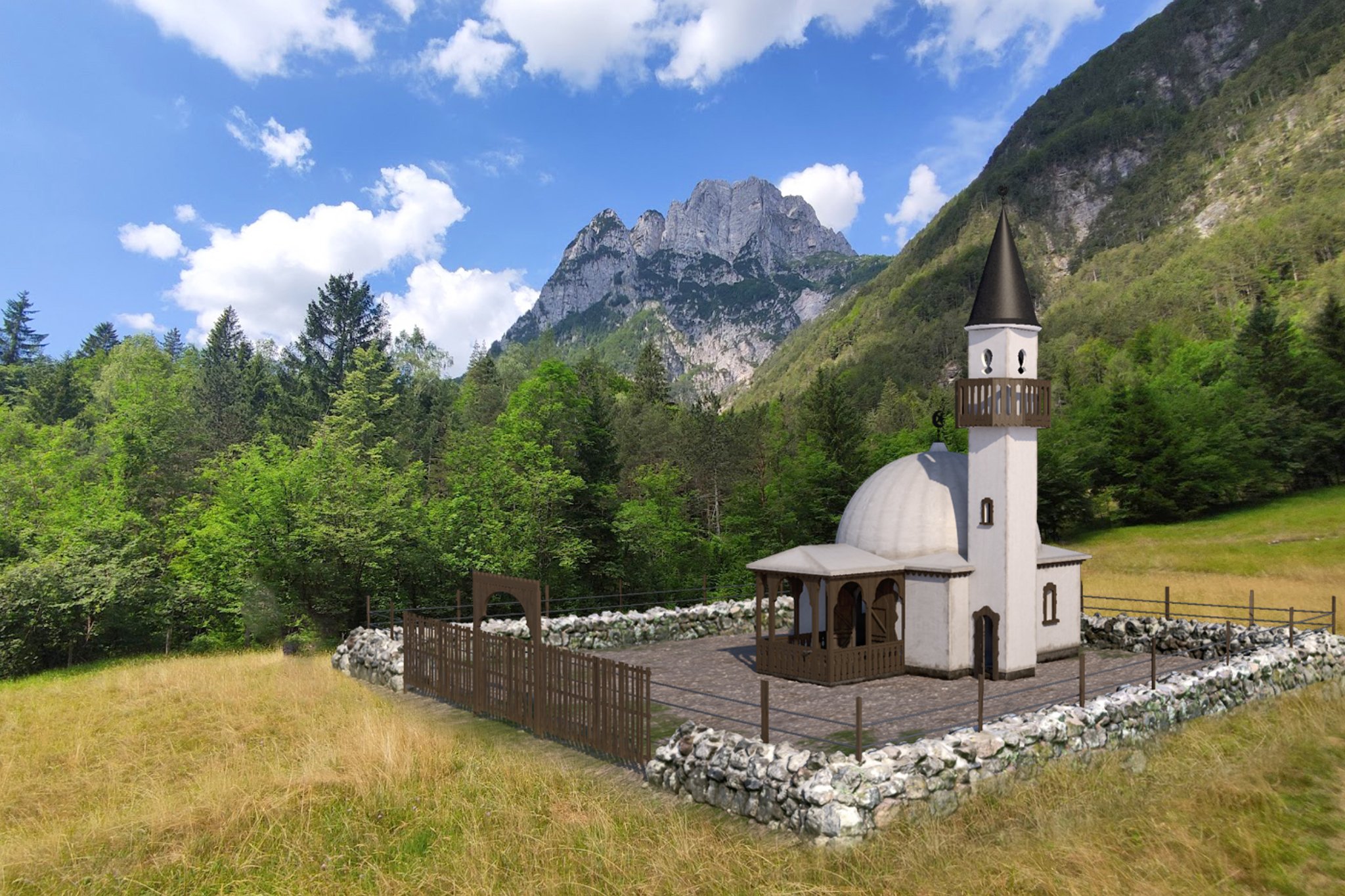
DIGITAL RECONSTRUCTION OF THE MOSQUE IN LOG UNDER MANGART
In 1917, the Austro-Hungarian army built a mosque in the alpine village of Log under Mangartom for its Bosniak soldiers who fought on the Isonzo Front during the First World War.
-

MUFTIJA KURT – A RENOWNED ALIM AND HUMANIST
Muhamed Šefket-ef. Kurt was born in Travnik in 1879.
-

AHDNAMA
Ahdnama (Tur. ahdnāme) is an Arabic-Persian compound, derived from the concept (Ar.) ahd – contract and (Pers.) nāme – letter, charter, document.
-

AGGRESSION AND GENOCIDE IN BOSNIA AND HERZEGOVINA 1992–1995
The regime in the communist Yugoslavia, which ruled with the iron fist from 1945, began to lose control and got into a crisis upon the death of Josip Broz Tito in 1980.
-

SIX STRATEGIC GOALS: DRAFT FOR GENOCIDE IN BOSNIA
During the aggression on Bosnia and Herzegovina and military operations from 1992 to the second half of 1995, military and police forces of Bosnian Serbs committed horrific crimes, including genocide over Bosniaks.
-
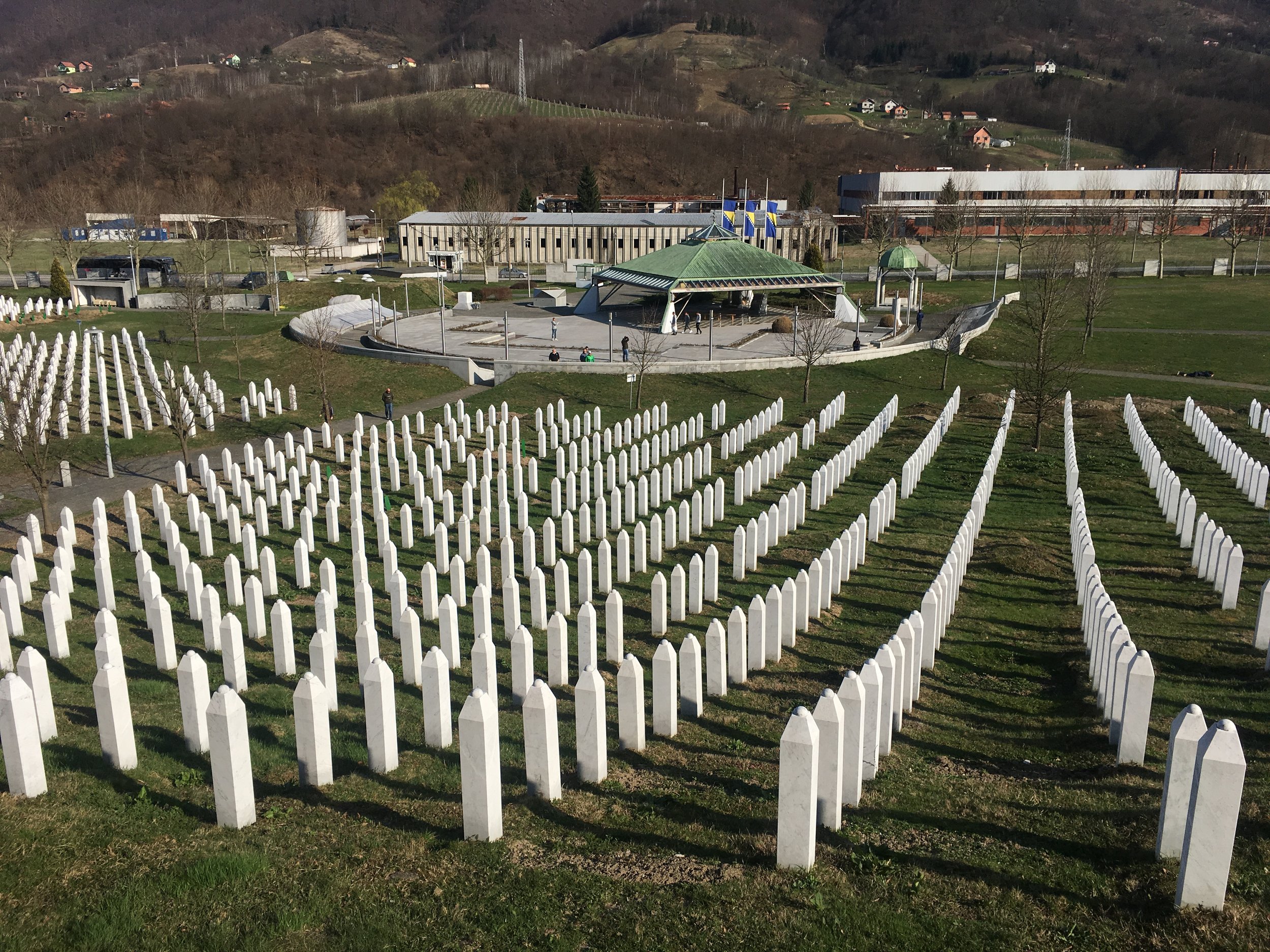
GENOCIDE IN SREBRENICA IN JULY 1995
In April 1992, Srebrenica was occupied by Novi Sad Corps of the Yugoslav People's Army. Small groups of Bosniaks who offered resistance regrouped on surrounding mountains and by the end of May managed to drive members of the army out of the town.
-

MUSLIM RESOLUTIONS ON THE CONDEMNATION OF FASCIST PRACTICES AND CRIMES
During the Second World War, Nazi collaborators in Croatia – ustashas – led by Ante Pavelić established a puppet state named the “Independent State of Croatia” (NDH), which they governed with significant autonomy.
-

ZENICA RESOLUTION AND FIGHT FOR THE SALVATION OF ROMANIES
Zenica Resolution was first discussed by Muhamed Hadžijahić, decades after the Second World War, which is indicative by itself.
-
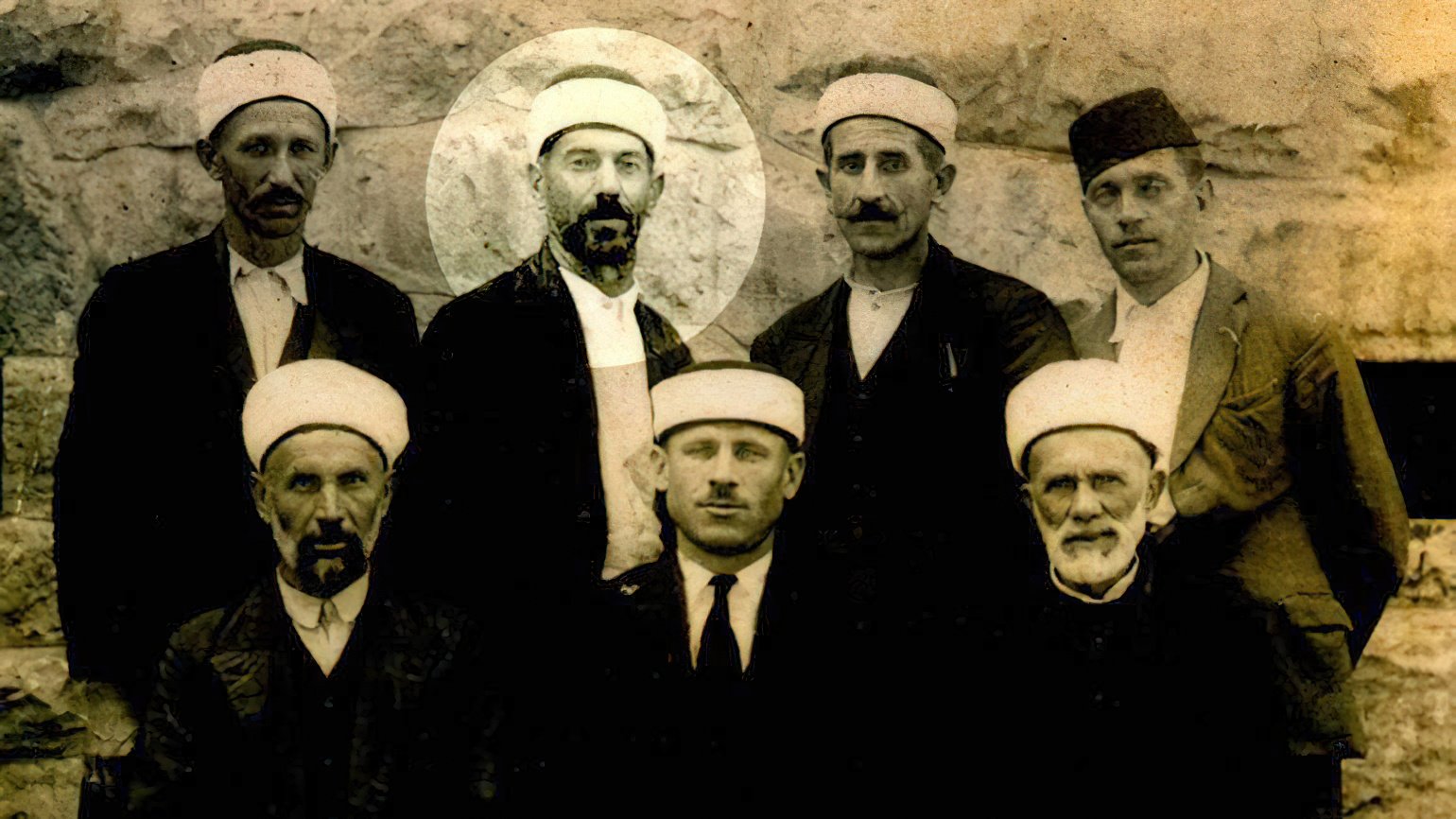
ROLE OF BOSNIAKS IN SAVING SERBS IN SREBRENICA DURING THE SECOND WORLD WAR
Little was known about saving Serbs in Srebrenica during the Second World War and even less was talked about, due to perfidious political motives with immeasurable repercussions.
-
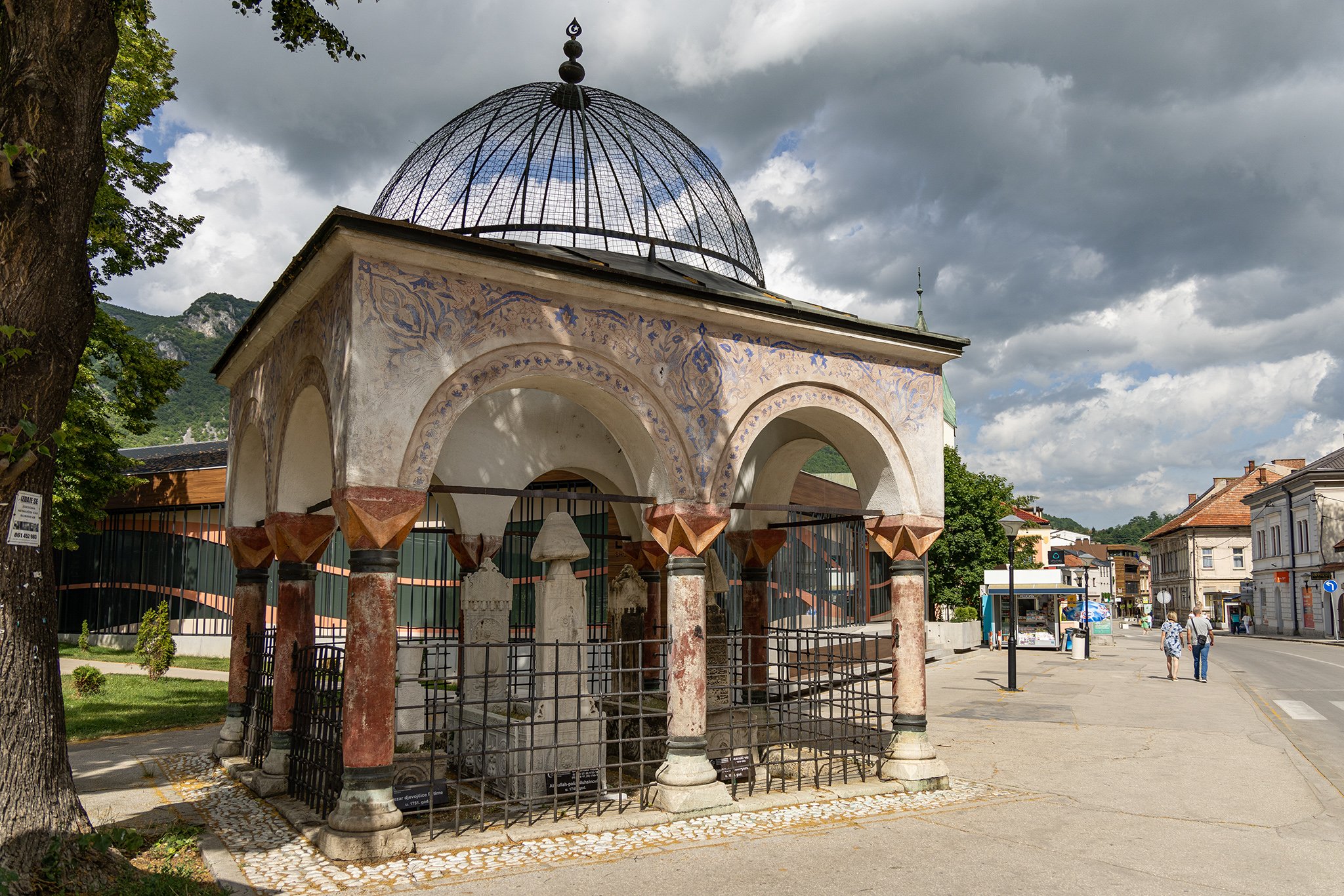
THREE VIZIER’S TOMBSTONES
Travnik, Bosnia and Herzegovina
-

GREAT BOSNIANS – GRAND VIZIERS
The wheel of history often drives certain personalities, writes its significant sections, changes and directs historical courses, and marks epochs which are recognized by them.
-
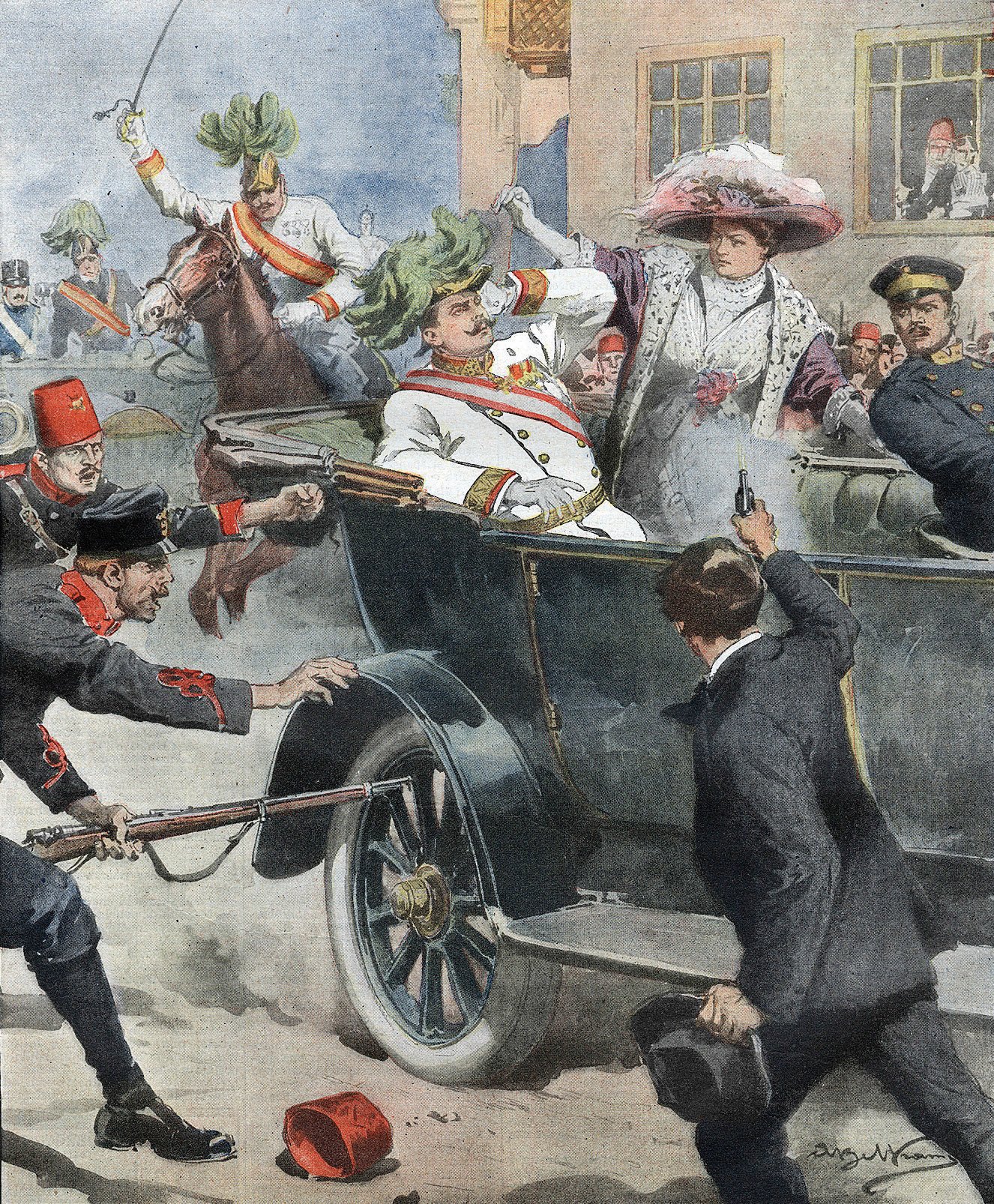
AN EXAMPLE OF BROTHERHOOD AND UNITY FROM 1914
In our country, a lot of attention has recently been paid to studying our political development in the 19th and 20th century.
-
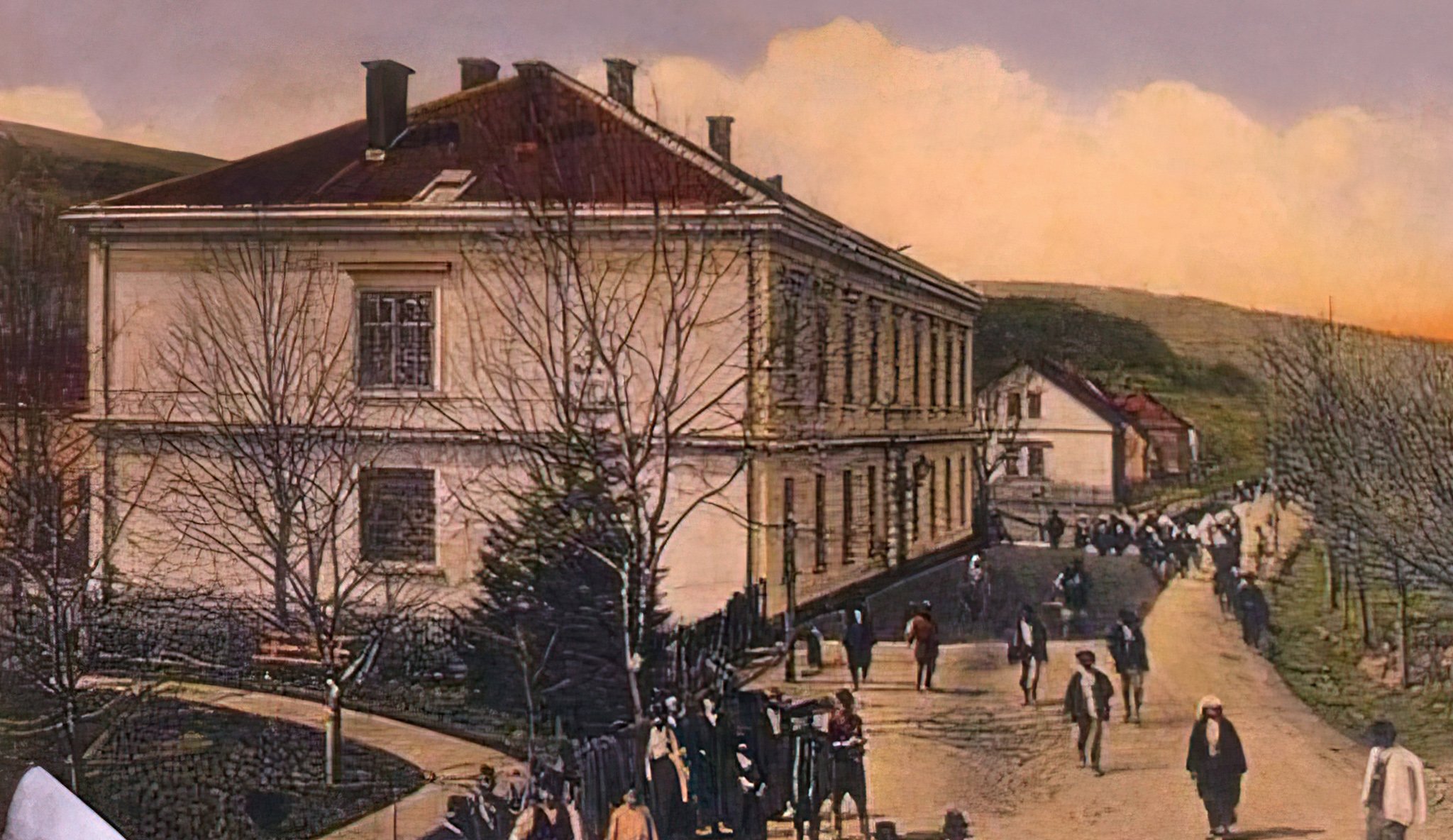
THEY ARE ALIVE AND THEY WILL RETURN
This human and friendly gesture found the complete expression in 1941, when Serbs and all progressive people, regardless of ethnic background, were condemned to massacre.
-

FRAGMENTS FROM CORRESPONDENCE BETWEEN RAIS ČAUŠEVIĆ WITH STATE AUTHORITIES
Almost a whole century has passed since the publishing of the book Islam and the Foundations of Political Power (1925) by the distinguished Egyptian scholar Ali Abdurrazik.
-

UNOFFICAL OTTOMAN CONSUL IN THE REPUBLIC OF RAGUSA: EMIN OF DUBROVNIK
Dubrovnik was continuously visited by Ottoman citizens from the Eyalet of Bosnia. Most of them stayed only for a short time, although some remained longer, mostly for business reasons.
-
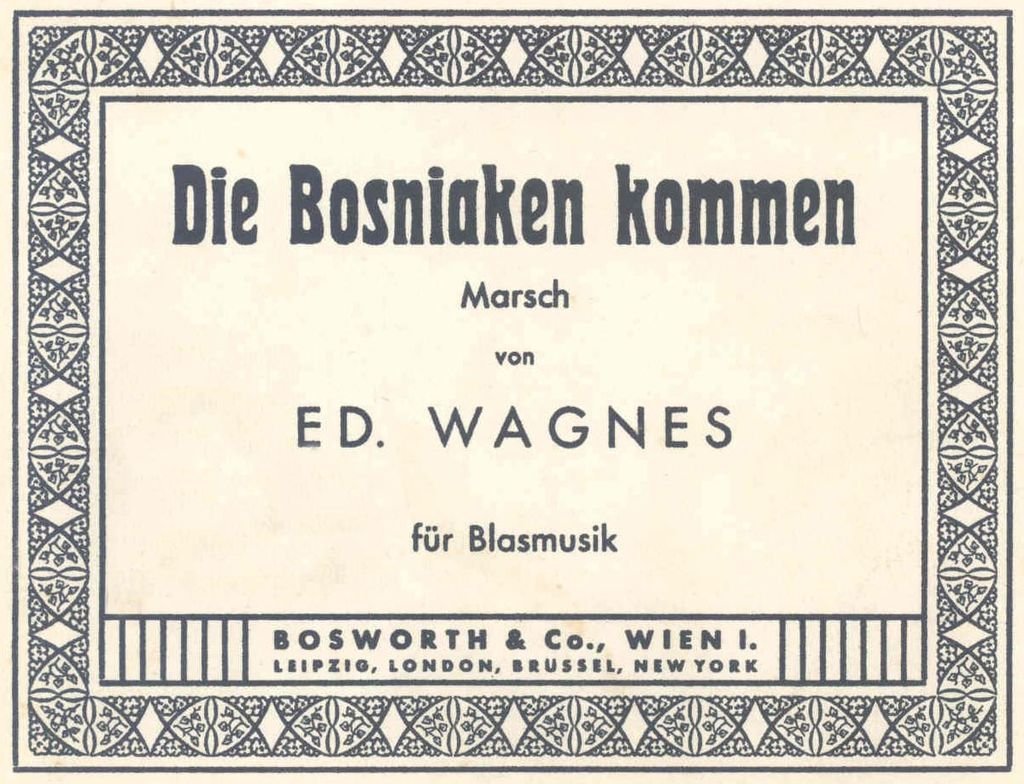
BOSNIAKS ARE COMING
Soon upon the establishment of Austro-Hungarian administration in Bosnia, as early as in 1881, general conscription was introduced which pertained to all 20-year-old boys and which lasted for three years: first on the front lines and over the following nine years in the obligatory army reserves.
-

ZVORNIK CASTLE
National monument of Bosnia and Herzegovina
-

SULTAN MEHMED II FATIH MOSQUE
Kraljeva Sutjeska, Bosnia and Herzegovina
-

OLD TOWN SREBRENIK
National monument of Bosnia and Herzegovina
-
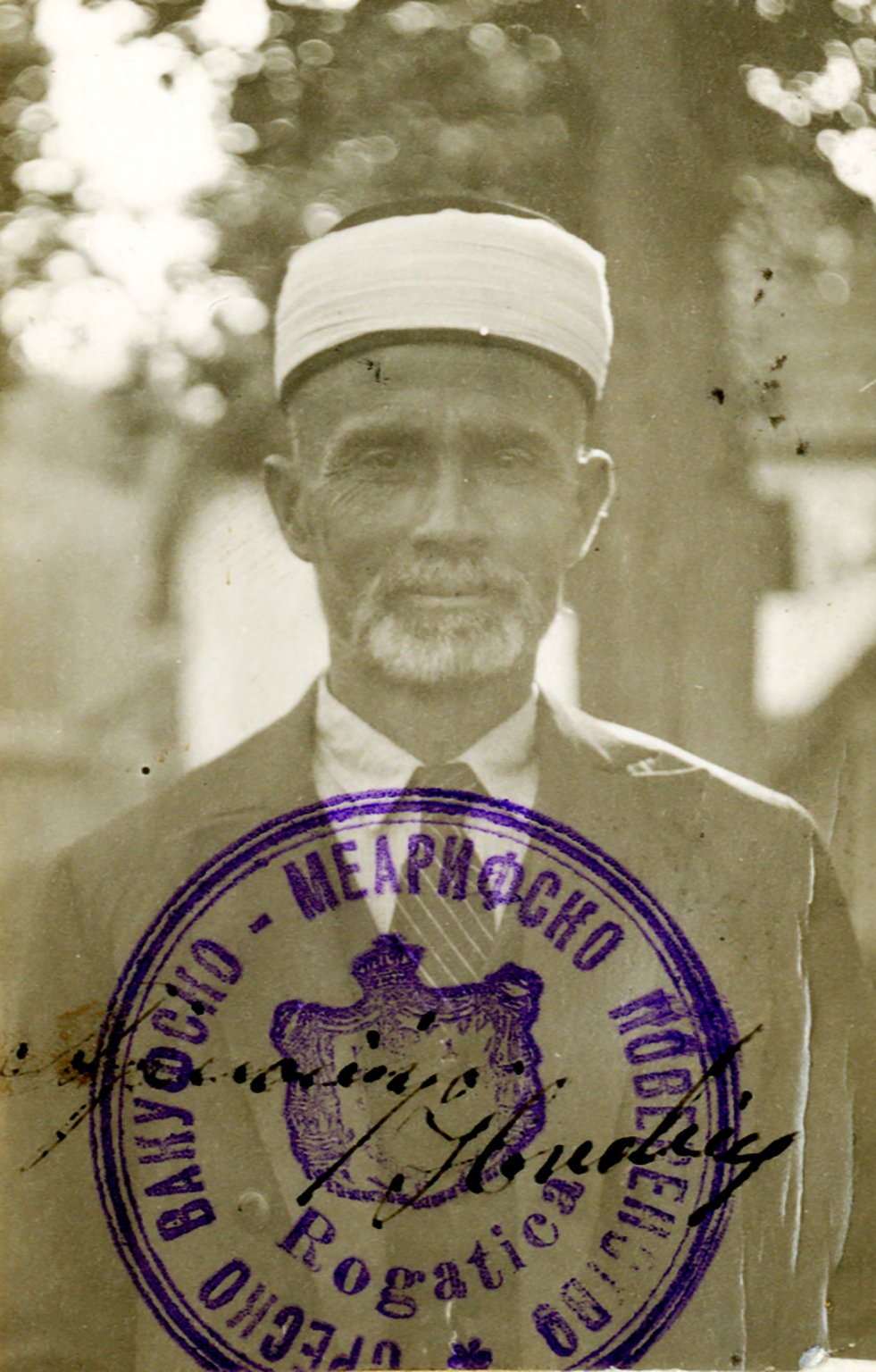
ULOGA IBRAHIM-EF. AJANOVIĆA U SPAŠAVANJU SRBA U ROGATICI U DRUGOM SVJETSKOM RATU
Ibrahim-ef. Ajanović je, prema podacima iz dosjea koji je pohranjen u Gazi Husrev-begovoj biblioteci u Sarajevu, rođen 1884. godine u Šljedovićima kod Rogatice.
-

A STEĆAK, MEDIEVAL TOMBSTONE
The National Museum of Bosnia and Herzegovina, Sarajevo
-
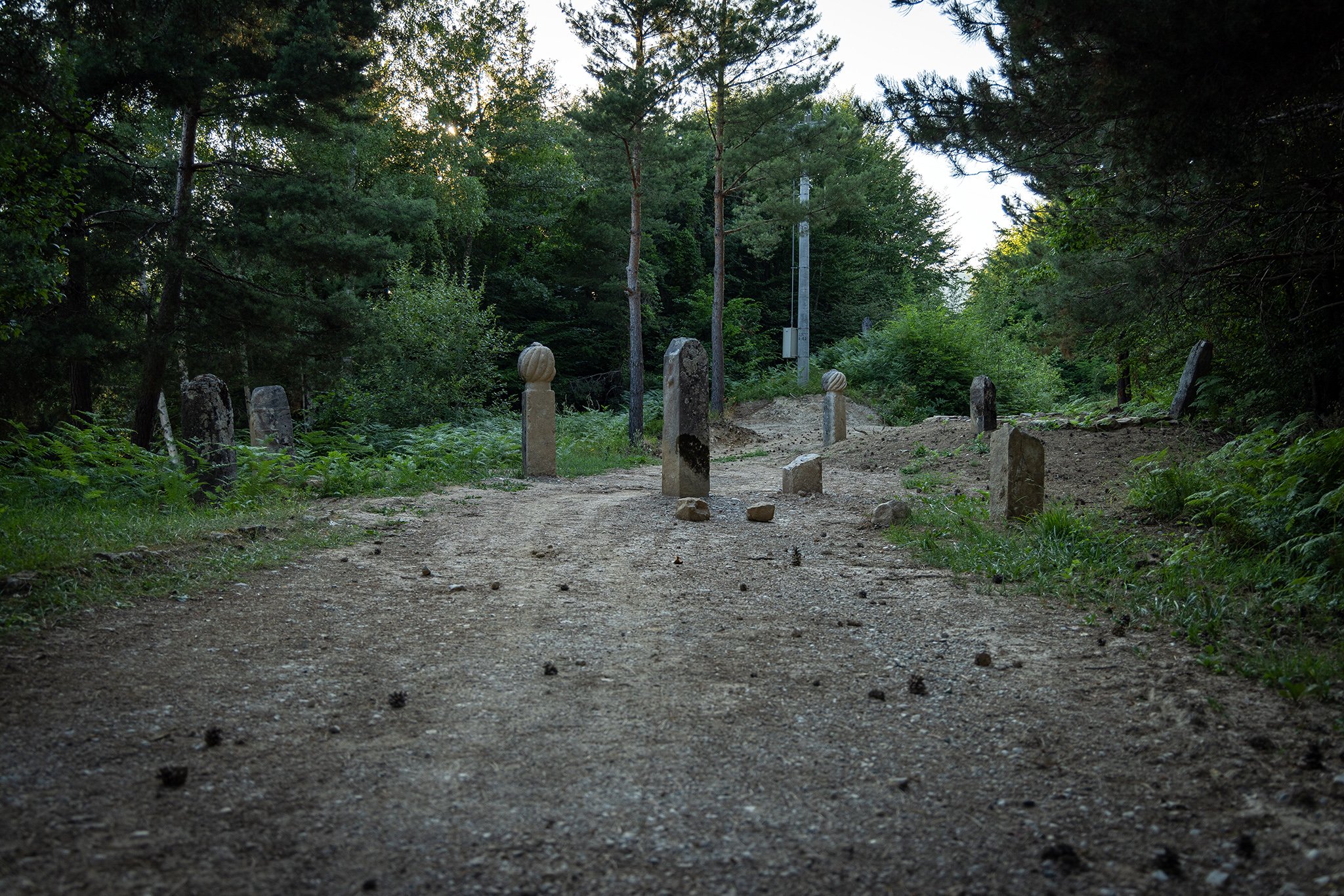
CEMETERY OF PRESJEKA NEAR USTIKOLINA
15th century - one of the oldest Muslim cemeteries in Bosnia and Herzegovina
